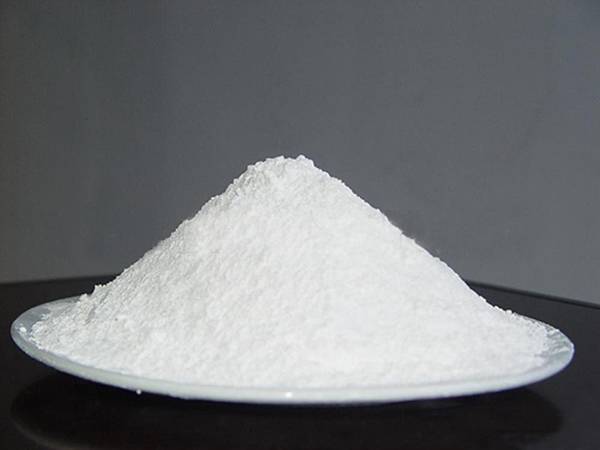



municipal water treatment chemicals
Municipal Water Treatment Chemicals Ensuring Safe Drinking Water
Water is an essential resource for life, and ensuring its safety and purity is a critical responsibility of municipal water treatment facilities. Around the globe, these facilities utilize a range of chemicals to treat drinking water and make it safe for human consumption. The effective application of these chemicals not only enhances water quality but also protects public health by removing contaminants and pathogens. This article explores the various chemicals used in municipal water treatment, their purposes, and the balancing act between safety and environmental considerations.
Common Water Treatment Chemicals
Municipal water treatment usually involves several key chemicals, each serving a distinct purpose in the treatment process
1. Coagulants Chemicals such as aluminum sulfate (alum) and ferric chloride are commonly used as coagulants. They help in removing suspended particles from water by neutralizing the charges on these particles, allowing them to clump together into larger aggregates. This process, known as coagulation, is crucial for removing dirt, organic matter, and microorganisms in the water.
2. Disinfectants One of the primary aims of water treatment is to eliminate pathogens that can cause waterborne diseases. Chlorine is the most widely used disinfectant globally due to its effectiveness in killing bacteria and viruses. However, the formation of disinfection by-products (DBPs) during the chlorination process is a concern, leading some municipalities to explore alternatives like ozone or ultraviolet (UV) light for disinfection.
3. pH Adjusters To maintain optimal conditions for other treatment chemicals, municipalities often use pH adjusters such as sulfuric acid or sodium hydroxide. These substances help to control the acidity or alkalinity of water, ensuring that the treatment processes, such as coagulation and disinfection, function effectively.
4. Flocculants Following coagulation, flocculants such as polyacrylamides may be used to promote the settling of larger aggregates in a process known as flocculation. This aids in the clarification of water, improving the overall quality before reaching consumers.
municipal water treatment chemicals

5. Corrosion Inhibitors To protect the pipes and infrastructure from corrosion, chemicals like orthophosphates are often added. These inhibitors form a protective layer inside pipes, minimizing leaching of metals like lead and copper into drinking water.
6. Nutrient Removers Chemicals like aluminum sulfate and ferric chloride also assist in the removal of nutrients such as phosphorus and nitrogen, which can lead to algal blooms and other water quality issues. By controlling these nutrients, municipalities strive to maintain a healthy aquatic ecosystem.
Balancing Safety and Environmental Concerns
While the use of chemical treatment processes is essential for providing safe drinking water, they also raise concerns regarding potential health risks and environmental impact. For instance, chlorination is highly effective at killing pathogens, but the formation of DBPs poses a risk as some of these by-products are considered harmful. Municipalities must continuously monitor and balance the protective measures with public health considerations.
As awareness around environmental sustainability grows, many municipalities are exploring greener alternatives to traditional treatment chemicals. For example, the use of biologically-based treatment methods and advanced filtration systems shows promise in reducing reliance on harsh chemicals. Innovations such as electrochemical disinfection and photocatalytic oxidation represent the forefront of research in creating a cleaner, safer water treatment environment.
Conclusion
Municipal water treatment chemicals play an indispensable role in ensuring the safety of drinking water for communities around the world. From coagulants and disinfectants to pH adjusters and corrosion inhibitors, these chemicals work synergistically to remove contaminants and protect public health. However, the challenge remains to use these substances responsibly, balancing the need for safe water with environmental sustainability. Ongoing research and innovation will be key in developing new methods and materials, ensuring that future generations have access to clean and safe drinking water without compromising the health of our planet.
-
Why Sodium Persulfate Is Everywhere NowNewsJul.07,2025
-
Why Polyacrylamide Is in High DemandNewsJul.07,2025
-
Understanding Paint Chemicals and Their ApplicationsNewsJul.07,2025
-
Smart Use Of Mining ChemicalsNewsJul.07,2025
-
Practical Uses of Potassium MonopersulfateNewsJul.07,2025
-
Agrochemicals In Real FarmingNewsJul.07,2025
-
Sodium Chlorite Hot UsesNewsJul.01,2025










